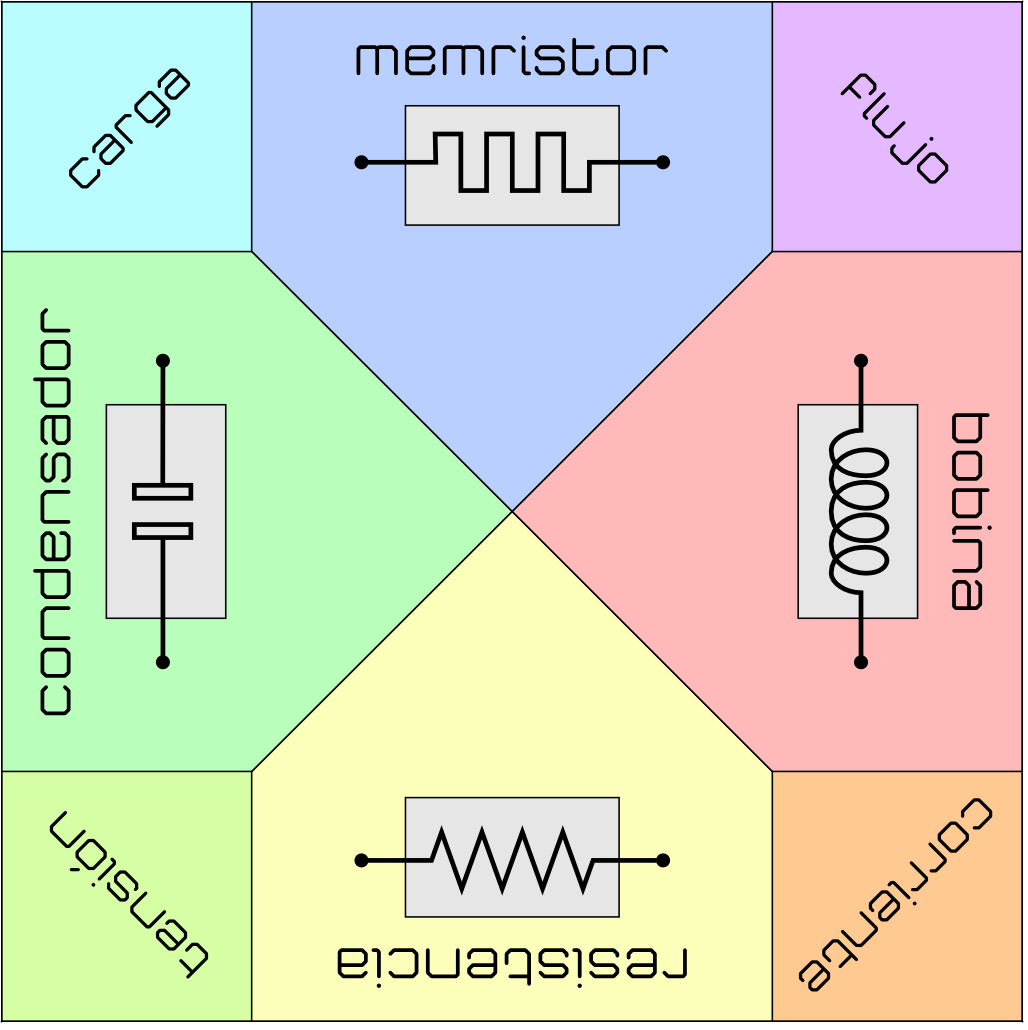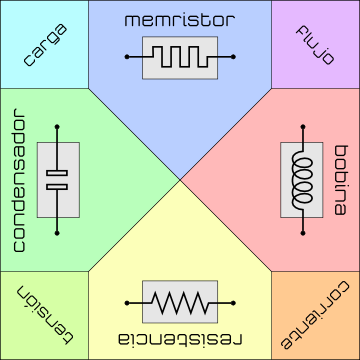The first practical application of the memristor is announced; the fourth component.
From 1971, and thanks to the electronic and computer engineer Leon Ong Chua, accompanies the resistors, capacitors and coils a very interesting new passive component for those of us who come to electronics from computing, it is the memristor. The memristor behaves like a resistor whose value varies depending on the current that has passed through it in the past; That is, it has a memory because it remembers the current and is capable of expressing it by changing resistance.
The memristor relates the magnetic flux to the charge as, for example, resistance relates current and voltage, a capacitor relates voltage and charge, or a coil relates magnetic flux and current.
Until 2008 It was just a theoretical model or, if you prefer, the prediction of a future application, but in the HP laboratories (the HP Labs) they managed to build the first real component in April of that year. The truth is that at that time it did not seem possible that a computer (or other device) that used that technology would be available in a short period of time, a bit like those advertisements for quantum computers that never quite arrive.
This week has been noticia that HP plans to release (freely publish) its Linux++ operating system as well as other software tools such as an emulator next 2015 (not news, actually, we'll see in 2015)
This operating system, an improved and adapted Linux, is the one that your new computer will use based on the memristor technology that they implemented six years ago, more or less seven in 2016 when it is announced that the hardware will be working; short period for such a great evolution.
Logically, a product of this type had to have a name worthy of it: The Machine (well, The Machine) and as you can imagine it is not a computer to put on your desk but rather a large server.
And if there is even more expectation, the promised operating system is nothing more than an intermediate step for the definitive operating system of The Machine: Carbon (well, Carbon) which, according to what they promise, will be written from scratch, which is a software effort of similar dimensions. to the advancement in hardware.
As a human being who enjoys working in computing and electronics and above all as a convinced defender of the continuous reinvention of the wheel, it is excellent news that I hope will soon become full news. Meanwhile, I leave it there my version of the graph of the four passive components de Parcly Taxel, already real and working, especially so that we can play Parcheesi and also a little because of the moralizing about how practical it is to keep old knowledge fresh and rely on it so as not to stop learning new ones.





Post Comment